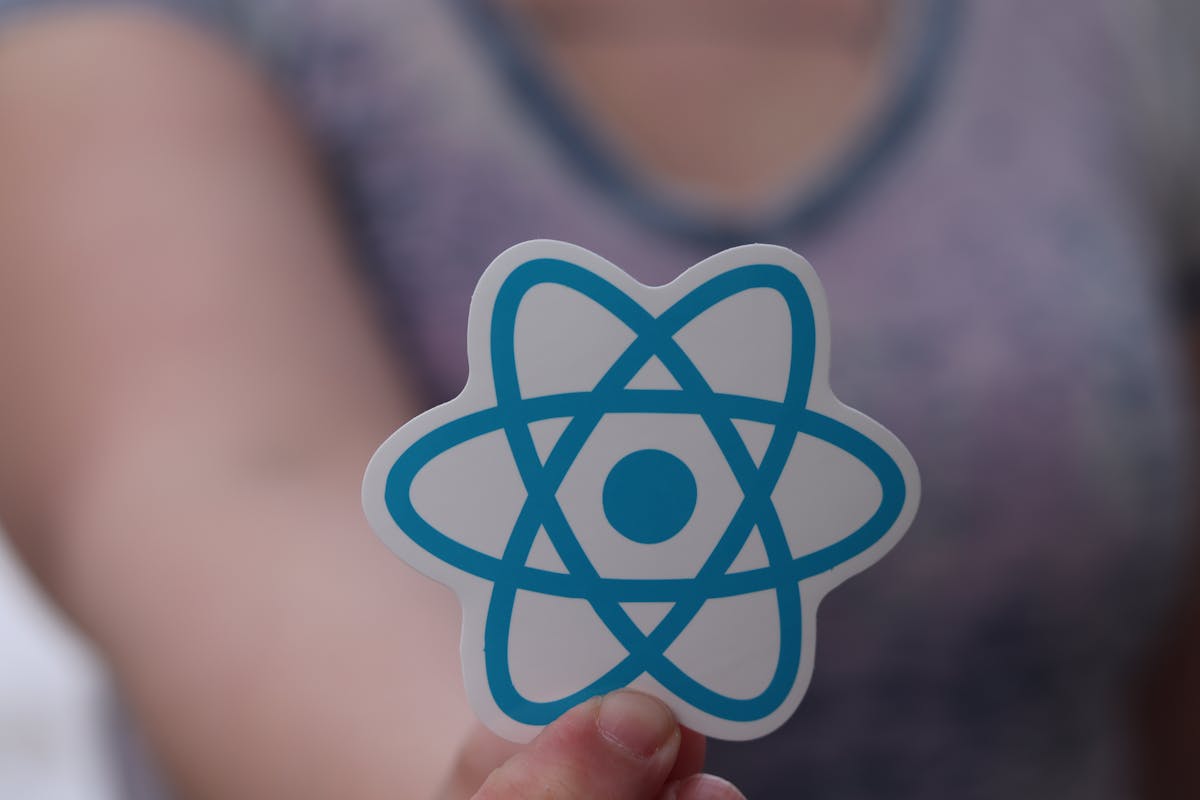In the world of deep learning, two frameworks dominate the landscape: TensorFlow and PyTorch. Both have their strengths and are backed by tech giants—Google and Meta respectively. Understanding their differences is crucial for choosing the right tool for your AI projects.
Framework Overview
TensorFlow
Developed by Google Brain, TensorFlow is a comprehensive open-source platform for machine learning. It offers a complete ecosystem of tools, libraries, and community resources that lets researchers and developers build and deploy ML applications.
PyTorch
Created by Meta's AI Research lab, PyTorch is an open-source machine learning library based on the Torch library. It's known for its dynamic computational graphs and intuitive, Pythonic approach to deep learning.
Key Differences
Computational Graphs
TensorFlow: Traditionally used static computational graphs (though TensorFlow 2.0 introduced eager execution). This approach optimizes performance but can be less intuitive for debugging.
PyTorch: Uses dynamic computational graphs, allowing for more flexible model architectures and easier debugging. The graph is built on-the-fly during execution.
Learning Curve
TensorFlow: Has a steeper learning curve, especially for beginners. The ecosystem is vast but can be overwhelming initially.
PyTorch: Generally considered more intuitive and easier to learn, with a more Pythonic syntax that feels natural to Python developers.
Performance Comparison
Training Speed
Both frameworks offer excellent performance, with differences often depending on the specific use case:
- TensorFlow: Excellent optimization for production environments
- PyTorch: Fast prototyping and research-friendly performance
Memory Usage
Memory efficiency varies by implementation, but both frameworks offer memory optimization features:
- Gradient checkpointing
- Mixed precision training
- Model parallelism options
Ecosystem and Tools
TensorFlow Ecosystem
- TensorBoard: Comprehensive visualization toolkit
- TensorFlow Serving: Production deployment system
- TensorFlow Lite: Mobile and embedded deployment
- TensorFlow.js: JavaScript implementation
- Keras: High-level API (now integrated)
PyTorch Ecosystem
- TorchVision: Computer vision utilities
- TorchText: Natural language processing tools
- TorchAudio: Audio processing capabilities
- PyTorch Lightning: High-level wrapper for research
- TorchServe: Model serving framework
Use Case Scenarios
Choose TensorFlow When:
- Building production-ready applications
- Need comprehensive deployment options
- Working with large-scale distributed training
- Require mobile or web deployment
- Need extensive visualization tools
Choose PyTorch When:
- Conducting research and experimentation
- Need dynamic model architectures
- Prefer intuitive debugging capabilities
- Working on computer vision projects
- Value community-driven development
Industry Adoption
Research Community
PyTorch has gained significant traction in the research community due to its flexibility and ease of use. Many top-tier research papers now use PyTorch for their implementations.
Industry Applications
TensorFlow maintains a strong presence in production environments, particularly in large enterprises that require robust deployment pipelines and extensive tooling.
Code Comparison
Model Definition
TensorFlow (Keras):
model = tf.keras.Sequential([
tf.keras.layers.Dense(128, activation='relu'),
tf.keras.layers.Dense(10, activation='softmax')
])PyTorch:
class Model(nn.Module):
def __init__(self):
super().__init__()
self.fc1 = nn.Linear(784, 128)
self.fc2 = nn.Linear(128, 10)
def forward(self, x):
x = F.relu(self.fc1(x))
return F.softmax(self.fc2(x))Deployment Options
TensorFlow Deployment
- TensorFlow Serving for scalable production
- TensorFlow Lite for mobile devices
- TensorFlow.js for web browsers
- Cloud platform integrations
PyTorch Deployment
- TorchServe for model serving
- ONNX for cross-platform deployment
- TorchScript for production optimization
- Mobile deployment through PyTorch Mobile
Community and Support
Documentation and Learning Resources
TensorFlow: Comprehensive documentation with extensive tutorials and guides. Large community with numerous third-party resources.
PyTorch: Well-organized documentation with excellent tutorials. Strong academic community and research-focused resources.
Community Size
Both frameworks have large, active communities:
- GitHub stars and contributors
- Stack Overflow questions and answers
- Academic paper implementations
- Industry adoption rates
Future Outlook
TensorFlow Roadmap
- Continued focus on production deployment
- Enhanced mobile and edge computing support
- Improved developer experience
- Better integration with Google Cloud services
PyTorch Evolution
- Enhanced production deployment capabilities
- Improved performance optimization
- Better distributed training support
- Expanded ecosystem of domain-specific libraries
Making the Right Choice
Consider Your Goals
- Research: PyTorch's flexibility makes it ideal for experimentation
- Production: TensorFlow's mature deployment ecosystem is advantageous
- Learning: PyTorch's intuitive design helps beginners
- Enterprise: TensorFlow's comprehensive tooling suits large organizations
Team Considerations
- Existing team expertise and preferences
- Project timeline and requirements
- Integration with existing infrastructure
- Long-term maintenance considerations
Conclusion
Both TensorFlow and PyTorch are excellent frameworks with their own strengths. TensorFlow excels in production environments with its comprehensive ecosystem and deployment tools, while PyTorch shines in research and development with its intuitive design and flexibility.
The choice between them often comes down to your specific needs, team expertise, and project requirements. Many organizations use both frameworks for different purposes—PyTorch for research and prototyping, and TensorFlow for production deployment.
As both frameworks continue to evolve, the gap between them is narrowing. The most important factor is choosing the framework that best fits your workflow and enables your team to build effective AI solutions.
